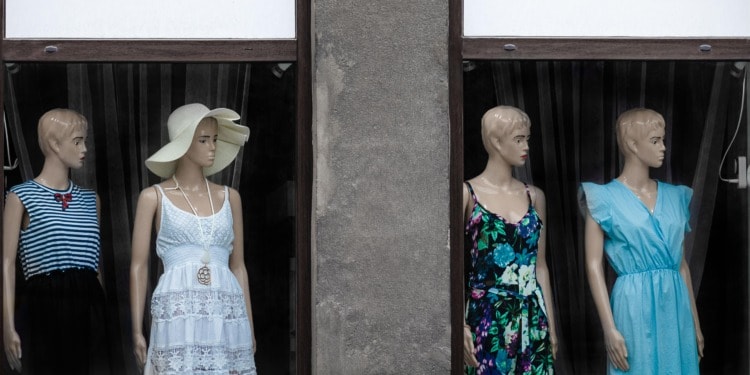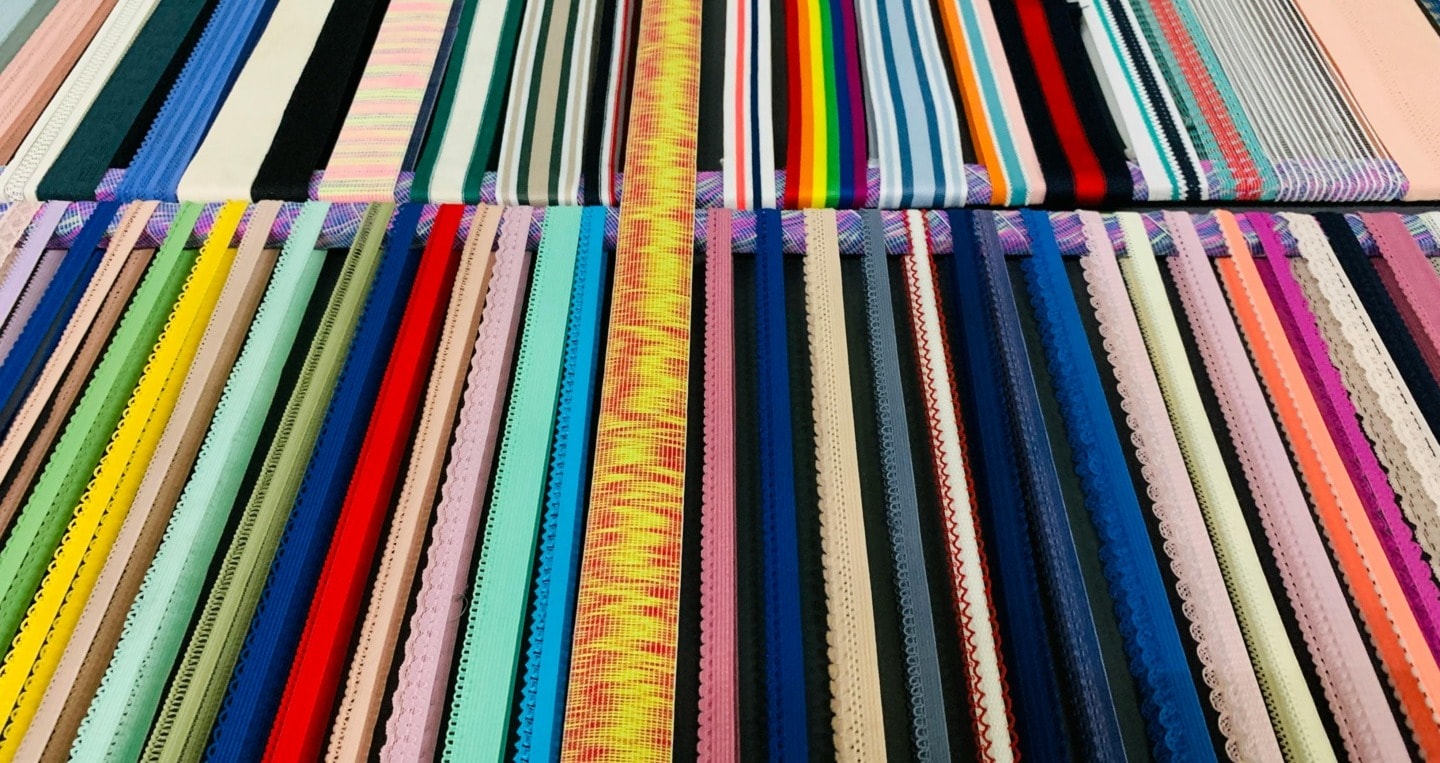You may think that your $10 Uniqlo basic tee is worth every penny because you’ve worn it many times and it’s still in great condition, or that your trendy bikini purchase from Shien won’t make a difference in the grand scheme of things – because it’s just one bikini after all! But slow fashion and environmental activists can assure you, neither statement is justified.
If we all fell for every company’s marketing ploy, we would never be able to save our money. Today, where marketing messages are literally at the tips of our fingers, it’s even more important to be conscious when we’re being seduced. As inflation rises, we must be particularly careful when and how we spend our money.
When it comes to fast fashion, however, ignorance and involuntary complicity affect much more than our wallets.
Mind-Bending Marketing Strategies
Either marketers are getting too good at their jobs, or humans now accede to messages with very little convincing. I believe it’s the latter.
Throughout my four years of business school as a marketing major, I was enlightened by industry professionals on specific ways to target, reach, communicate, and gain trust with the desired audience. For fashion, appearance is everything.
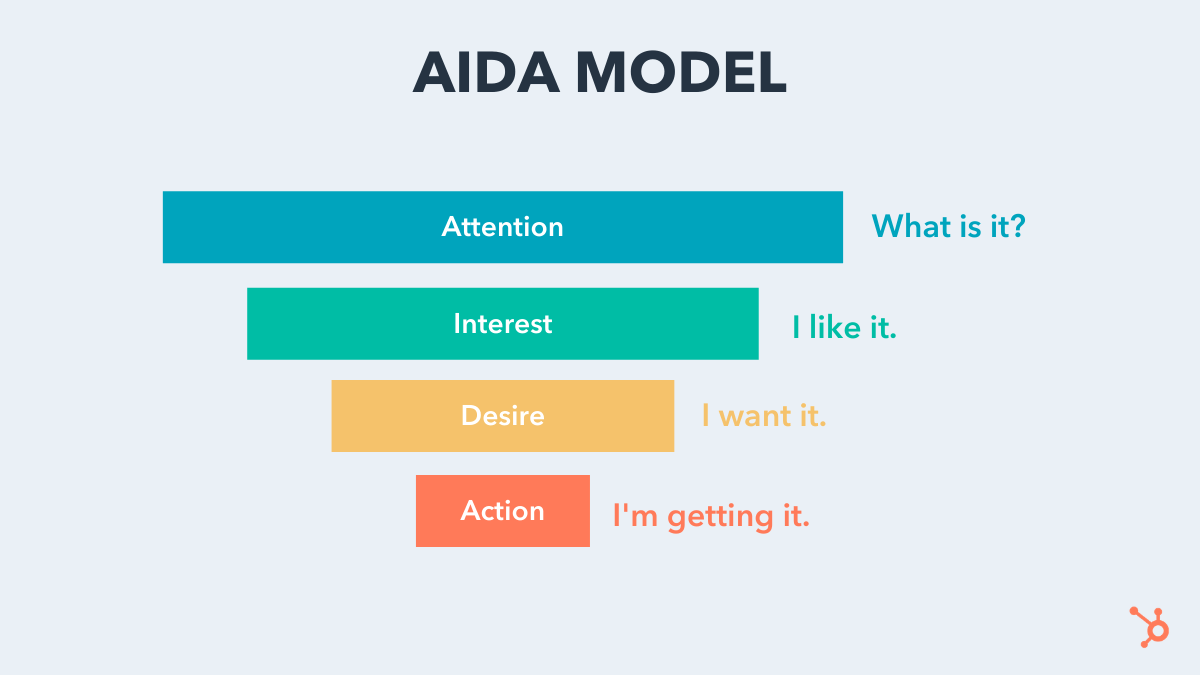
In other words, most people are initially attracted to clothing after admiring how it looks. This carries over into advertising, and fashion brands are highly aware of this.
So, when a company like Fashion Nova spends millions of dollars annually to keep their Instagram “aesthetically pleasing,” they’re undergoing a much stronger initiative than simply showing their followers nice pictures. The proof is in their profit and profit is always their goal.
Related Articles: Legislation Against Fast Fashion: Will The FABRIC Act Revolutionize the Industry? | The True Cost Of Fast Fashion
Despite what marketing messages may tell you, every fast fashion brand only wants you to spend your money on its products. Whether they’ve chosen to appeal to you through social media, magazines, television, radio, or outdoor advertising, your choice is the same: to spend or not to spend.
The New Age of Advertising
The social media craze of the 21st century has led to an explosion of influencer marketing. Especially in fast fashion, companies spend a majority of their marketing budget paying macro influencers to share posts featuring their brand, wearing an eye-catching outfit and tagging the company’s profile.
With sometimes millions of followers in their target market, companies find this technique to be most alluring and convincing, so consumers need to purchase and look just as stunning as their favorite influencers.
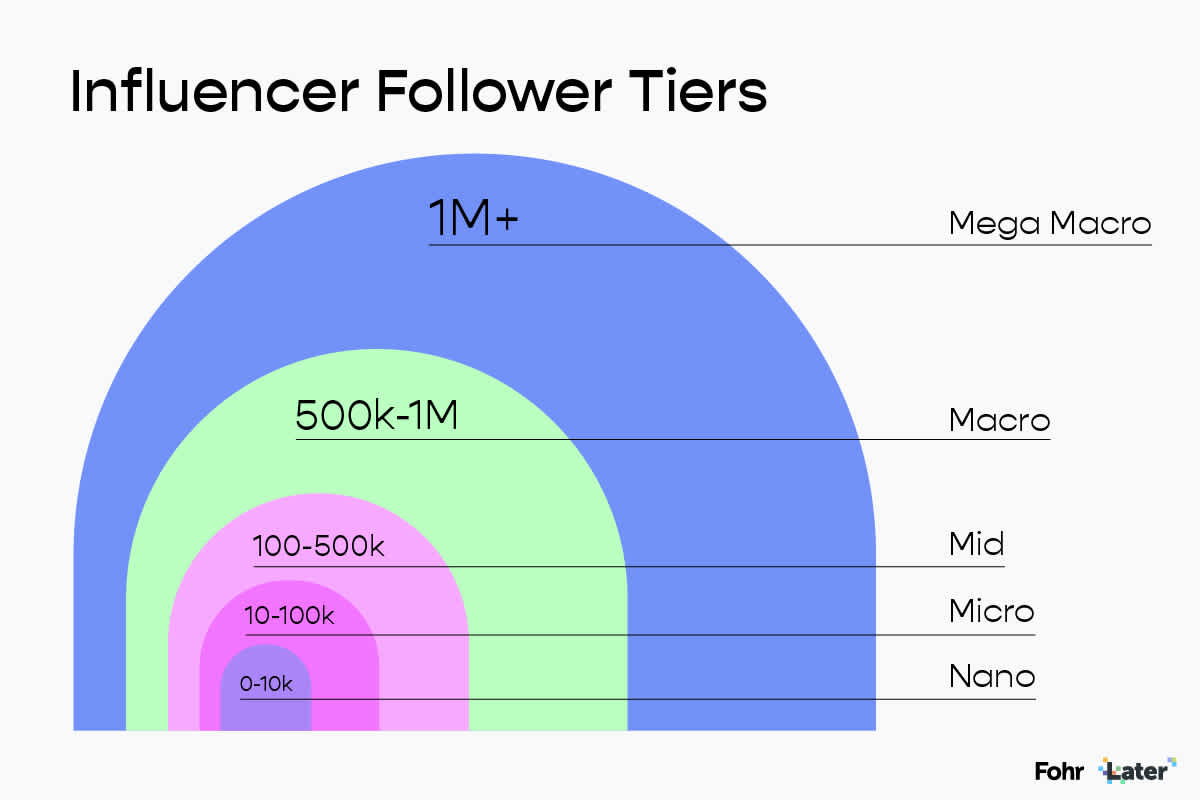
Gen Z has been particularly persuaded by influencer marketing. The younger consumer is more concerned with fitting in and staying caught up on the latest trends. Brands will comb through thousands of influencers to find the perfect match for their audience that can generate the greatest return on investment.
It’s critical we understand that we are all merely dollar signs in the eyes of fast fashion companies. This attitude has now spread to social media as every share, every comment, or every like on an influencer’s fashion campaign, which may seem trivial to you, is exactly what the company wants.
Fashion Nova’s Remarkable Rise
Founder and CEO of Fashion Nova, Richard Saghian, realized the digital opportunity for marketing his business and in the early 2010s expanded his company’s strategy to include working with social media celebrities who would post themselves on Instagram wearing his clothes.
In doing so, he spread awareness of Fashion Nova and gained a larger following across all platforms. By 2018, Fashion Nova was the most Googled fashion brand in the world. This meant Saghian had succeeded and consumers were succumbing to his marketing technique.
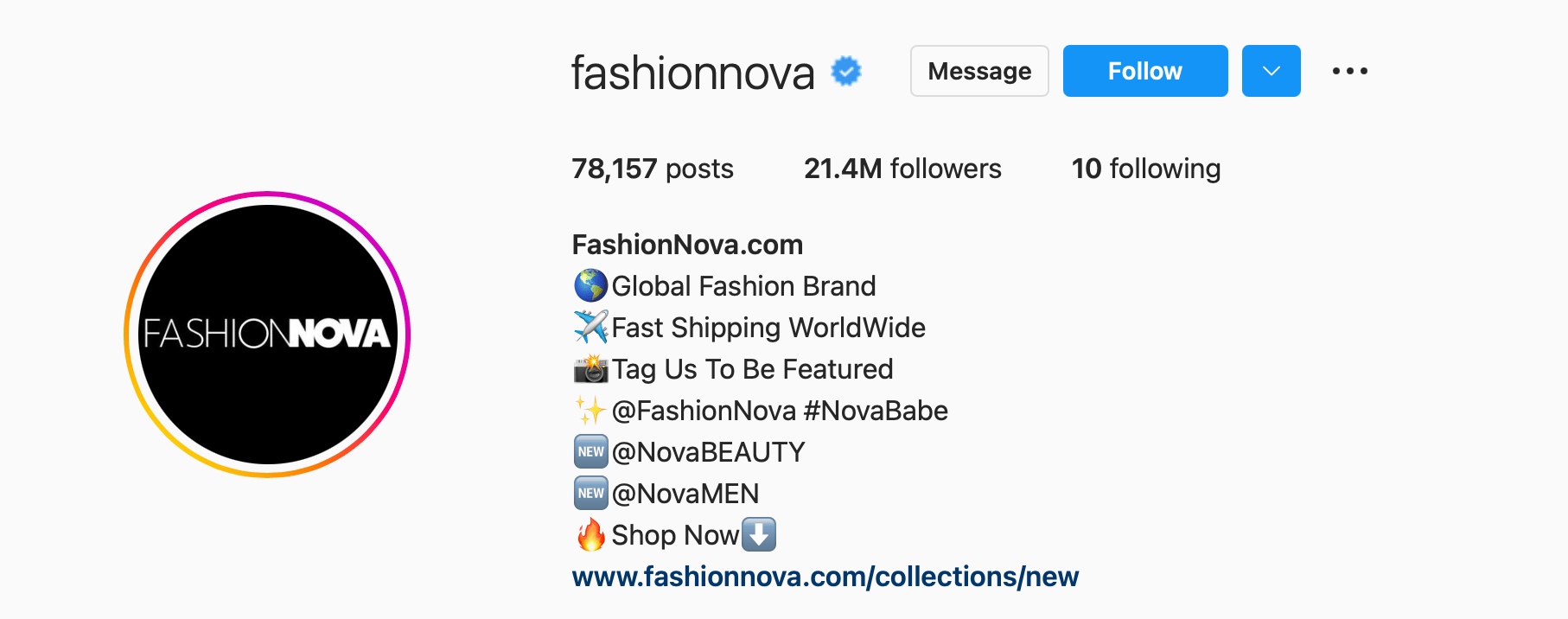
Today, Saghian continues to partner with powerful celebrities, like rapper Megan Thee Stallion and R&B singer Coi Leray, whose loyal fans undeniably fit his desired consumer profile. Also looking to financially gain, these influencers and many others have accepted Fashion Nova’s invitation to collaborate. Regularly, they post wearing Fashion Nova and are sure to tag the account in their photo and caption.
https://www.instagram.com/p/Cb03fKuPMFH/
While we can’t decide with whom influencers collaborate, we can hold them accountable when their choice is detrimental to the habitability of our planet. Do not engage with an influencer’s fast fashion collaborative posts but above all, don’t let them convince you to purchase from a fast fashion brand.
Why Does It Matter, Really?
If you live in Europe or the United States, you’ve likely never been in direct contact with the adverse effects of fast fashion production. Other areas of the world are not as fortunate and suffer from toxic air pollution, poisonous water supply, and an excess of fabric waste pollution.
For those living near massive fast fashion factories, the landfills are crowded, the water is unsafe to consume, and the air is polluted, threatening locals with serious health conditions like muscle degeneration, loss of speech, vascular problems, eye diseases, and infertility.

So, you’re right: the Uniqulo tee that’s still intact after 10+ wears was an absolute bargain for the complete anguish it is causing in some unlucky communities far away from your own. You may selfishly think fast fashion doesn’t affect you and your tight budget doesn’t allow you to purchase anything else, but once again, neither of these ideas is legitimate.
Attacks on the environment are attacks on all of us, whether we’re experiencing them firsthand or reading about them in the news. The planet is screaming for our help and attention but we’re blindly abiding by a capitalistic agenda. If we continue to concede, our civilization will not survive.
Editor’s Note: The opinions expressed here by the authors are their own, not those of Impakter.com — In the Featured Photo: Mannequin Display. Featured Photo Credit: Pawel Czerwinski.


